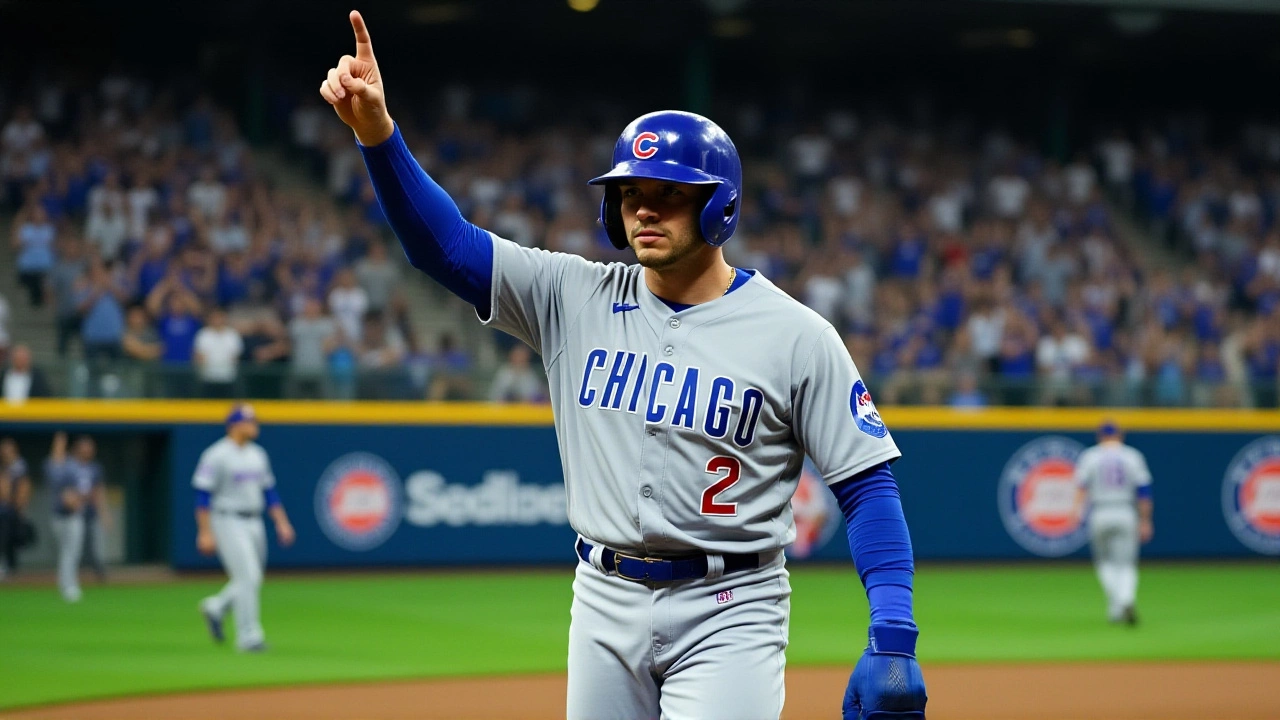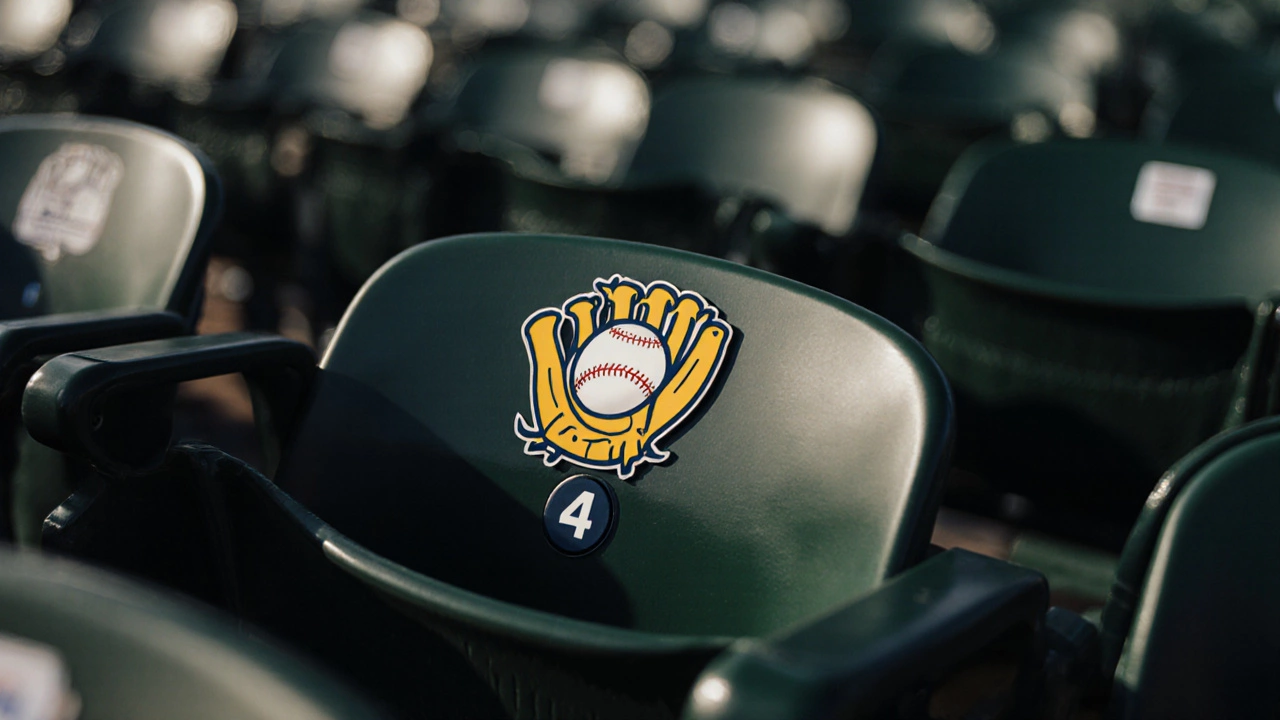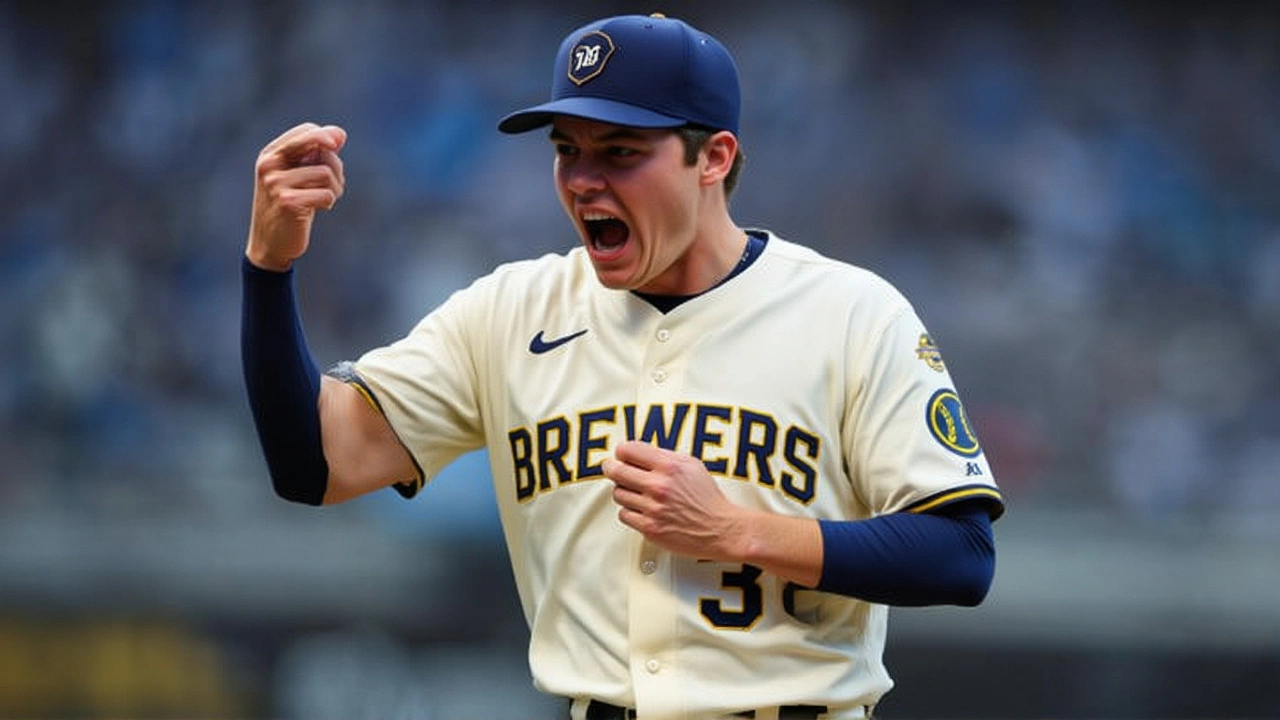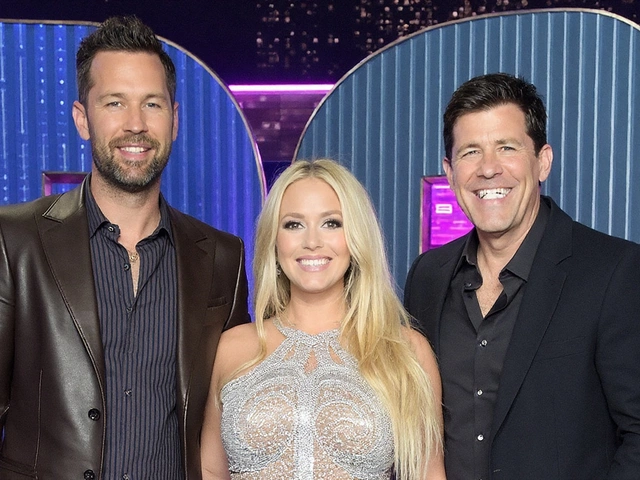When Jacob Misiorowski, the 23‑year‑old flamethrowing right‑hander, unleashed back‑to‑back 104‑mph fastballs in Game 2, the Milwaukee Brewers surged to a 7‑3 win and stretched their NLDS lead to 2‑0 over the Chicago Cubs. The Brewers, aiming for their first postseason series victory since the 2018 NLCS, now head to Wrigley Field for Game 3, with Misiorowski slated as a multi‑inning relief weapon rather than a starter.
Background: Brewers' Postseason Road
The Milwaukee Brewers entered the 2025 National League Division Series (NLDS) riding a surge of offensive firepower and a revamped bullpen. Historically, a 2‑0 lead in a best‑of‑five series translates to an 80‑out‑of‑90 chance of sealing the series, including 54 sweeps. That statistical edge sits squarely on the backs of teenagers like Misiorowski, whose late‑season breakout mirrors the way the club re‑engineered its pitching staff after a middling 2024 campaign.
Game 2 Recap: A Bullpen Blitz
Monday night’s showdown featured a bullpen marathon: Nick Mears, Misiorowski, Chad Patrick, Jared Koenig, Trevor Megill and Abner Uribe combined for 7 ⅓ innings of shutout relief, allowing just a single hit after the Cubs' early three‑run blast by Seiya Suzuki. Meanwhile, Jackson Chourio and William Contreras each launched three‑run homers – the first pair ever in Brewers postseason history – while Contreras also delivered a solo shot that broke a 3‑all tie in the third inning.
Misiorowski’s contribution was a pure showcase of velocity. He rattled the Cubs with a 104.3‑mph fastball followed immediately by a 104.2‑mph heater, earning a strikeout and a critical ground‑ball double‑play that preserved the lead. The raw speed ignited the crowd and reminded everyone why the Brewers have guarded his development so closely.
Coaching Perspective: Why Misiorowski Is a Reliever, Not a Starter
According to Brewers' pitching coach Henderson, the decision to keep Misiorowski out of the rotation stems from a desire to protect his arm while harvesting his "high‑leverage, short‑burst" potential. "We talked with Jacob about all the scenarios," Henderson said, recalling a pre‑Series meeting in San Diego. "He told us, 'Bring it on,' and we respect that attitude. But we also know the big‑innings demand endurance we’re still evaluating."
Manager Pat Murphy echoed that sentiment, noting the approach mirrors the club’s broader philosophy of “development first, win‑now second.” Murphy recalled a rough outing against Cincinnati on a Saturday when Misiorowski entered a 1‑0 game with bases loaded. "He gave up a run, went down 6‑0, but then turned it around with two clean innings. That kind of resilience is priceless," Murphy explained.

Multiple Perspectives: Players, Fans, and Analysts
Teammates have been vocal about Misiorowski’s presence in the clubhouse. Veteran slugger William Contreras called the youngster “a game‑changer, not just because of his arm, but his confidence to step into any situation.” Fans, meanwhile, have taken to social media with a flurry of #Miz104 memes, illustrating how a teenage pitcher can become a cultural touchstone overnight.
Baseball analysts are split. Some, like Statcast guru Mike Alvarez, argue that Misiorowski’s velocity places him in a rare tier that can dominate even seasoned hitters. Others caution that velocity alone can’t offset command lapses—citing his Cincinnati debut as evidence that “the flashlight may be bright, but the beam needs to be steady.”
Impact Assessment: What This Means for Milwaukee’s Odds
Projecting the Brewers’ chances now factors in a bullpen that can cover 4‑5 innings per appearance, effectively shortening the rotation burden caused by Brandon Woodruff’s lingering right lat injury. If Misiorowski continues to deliver three‑plus innings at sub‑95 mph after his initial burst, Milwaukee could deploy a 12‑pitcher, 14‑hitter stack that maximizes matchups against the Cubs’ lineup, which struggles against extreme velocity.
Beyond the immediate series, the performance bolsters the franchise’s long‑term plan. The front office, led by President of Baseball Operations Dave Stewart, has signaled that Misiorowski is a cornerstone of a potential 2026 rotation, provided his health holds. The current willingness to trust a 23‑year‑old in high‑leverage moments signals a cultural shift toward youthful aggression.

What’s Next: Game 3 and Beyond
Game 3 at Wrigley Field on Wednesday, October 8, 2025, will test the Brewers’ depth. If the Cubs adjust by seating extra left‑handed relievers, Misiorowski’s role may evolve into a situational left‑handed specialist—though his right‑handed dominance suggests the club will continue to leverage his raw power against the heart of Chicago’s order.
Meanwhile, the NLDS roster is expected to be announced by Friday. Insiders confirm Misiorowski’s name appears among the 26 players, cementing his status as an essential piece of Milwaukee’s postseason puzzle.
Background Deep Dive: The Rise of a Flamethrower
Jacob Misiorowski was drafted in the 2022 first round out of New Braunfels, Texas, where scouts noted his fastball could touch 101 mph even as a high school junior. After a rocky MLB debut in 2023, he spent 2024 polishing his secondary offerings—particularly his slider, which now averages 89 mph and has a spin rate in the 2,800 rpm range.
His 2025 spring training numbers were eye‑popping: a 2.05 ERA across 15 innings, a WHIP of 0.90, and a strikeout‑per‑nine‑innings rate of 14.2. Those metrics earned him a spot on the Opening Day roster, where he initially served as a middle reliever before being thrust into the multi‑inning role that sparked his recent fame.
- 104.3 mph fastball recorded in Game 2 (Oct 2, 2025)
- First Brewers pitcher to exceed 104 mph in a postseason game
- 7 ⅓ innings of combined shutout relief in Game 2
- Brewers lead NLDS 2‑0, 80‑out‑of‑90 series win probability
- Woodruff’s lat injury leaves rotation thin, heightening bullpen importance
Frequently Asked Questions
How does Misiorowski’s velocity compare to other postseason pitchers?
At 104 mph, Misiorowski ties the record for the fastest pitch ever thrown in a playoff game, matching the 104.1 mph delivery of Aroldis Chapman in 2016. Only a handful of pitchers have ever breached the 103‑mph threshold in the postseason, making his performance a rare kinetic showcase.
What role is Misiorowski expected to play in Game 3?
Brewers’ staff plan to bring him in during the fifth inning as a multi‑inning bridge, primarily to neutralize the Cubs’ power‑hitting core. If the game stays close, he could stay up to three innings, depending on matchup needs and pitch count.
Will Misiorowski be a starter next season?
The front office sees him as a potential rotation piece for 2026, but they will likely ease him back into a starter role after the postseason to protect his arm and refine command.
How did the Cubs respond to the Brewers’ bullpen dominance?
Cubs manager David Ross said the team will look to shorten the game, add more situational relievers, and emphasize contact‑oriented pitching to counter the Brewers’ high‑velocity assault.
What does this series mean for the Brewers’ franchise history?
A win would mark the franchise’s first postseason series victory since the 2018 NLCS, ending a seven‑year drought. It would also validate the aggressive bullpen strategy that has become a hallmark of the club’s modern identity.





